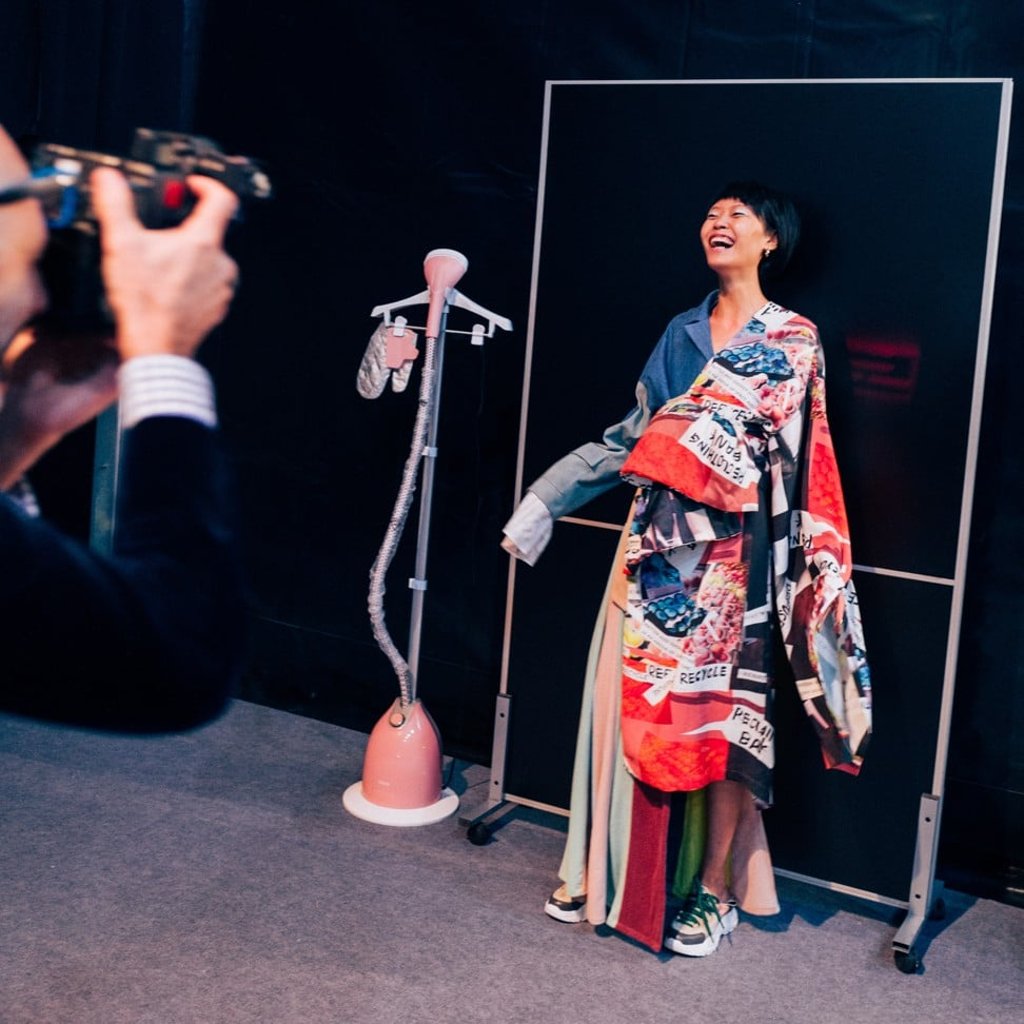How to end waste in fashion: stop making clothes, or value the ones we have already?
- The price of fast fashion items, poorly made and sold as disposable, does not factor in the human and environmental costs of their production
- Shutting down fashion production is impractical, but a ‘circular fashion’ economy can be built if consumers and industry ensure clothing is repurposed

What if we completely stopped making clothes?
No, we wouldn’t all be romping around frockless; brands and individuals alike tend to hold on to an excess of clothing. Rather, we would reuse, repair, and eventually recycle what we already have. We wouldn’t need to refuse clothes, as conscientious consumers are already doing. And we would finally have a truly circular fashion economy without waste. (A circular economy designs out waste and pollution, keep products and materials in use, and regenerates nature.)
If the fashion industry continues to produce clothes at breakneck speed and with rampant greed, consumers will be the only force powerful enough to change the industry for good.
According to a study by The Business of Fashion and McKinsey, China will become the largest fashion market in 2019. China’s middle class is projected to reach 700 million by 2020, but will this new consumer class overconsume and destroy the world? Or will Chinese consumers end overconsumption and save the world?

This is the rhetoric of a fashion extremist, but fashion has always encompassed extremes: textiles have been known to last thousands of years, yet fast fashion garments struggle to make it past the first wash; a single piece of couture can cost more than a house, while jeans can cost less than a cup of coffee; and fashion’s extreme fixation with the new means that many products lose more than half of their value after just two or three months.